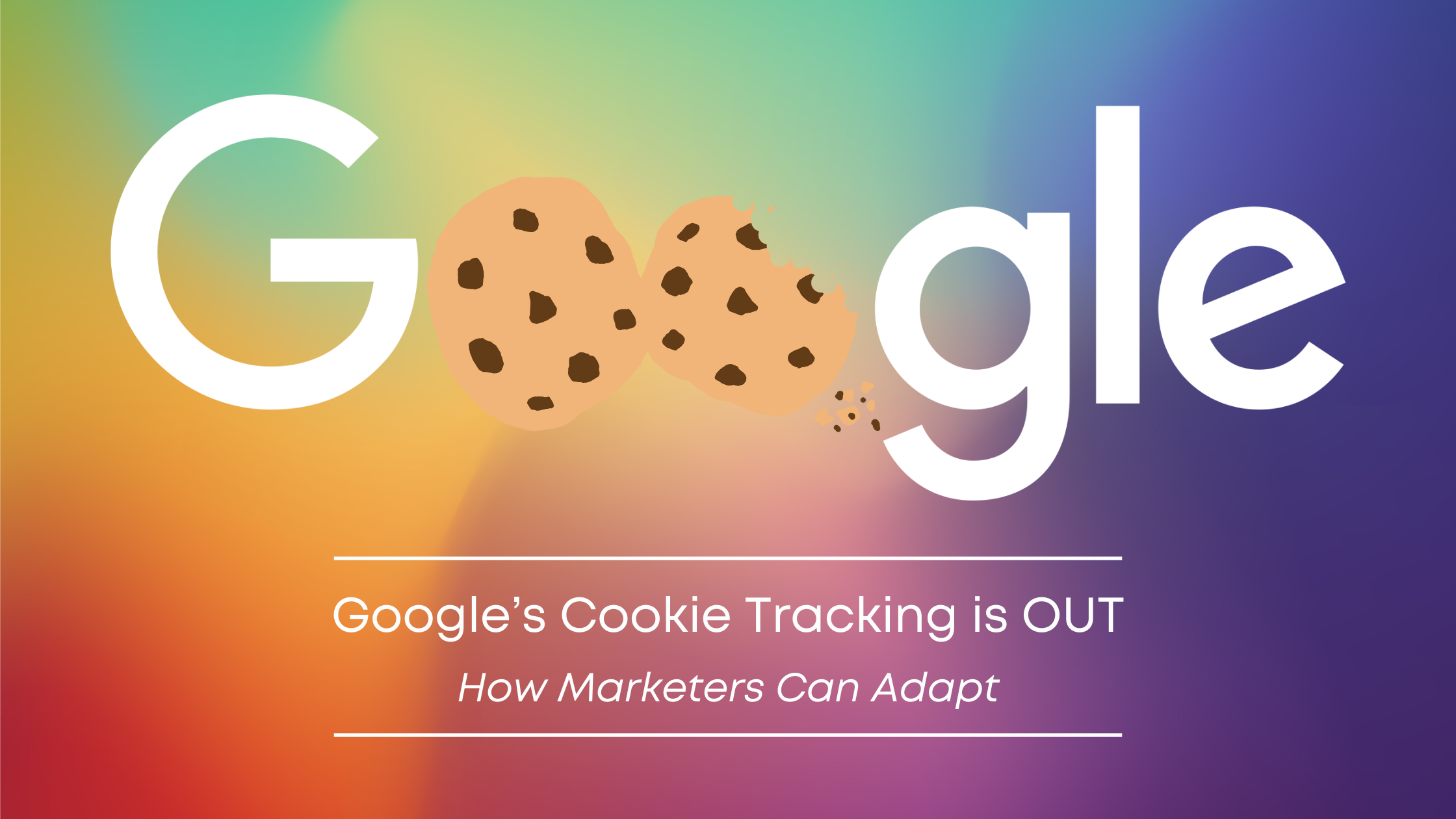
Advertising in media prior to the digital age was often a guessing game for buyers and sellers. Today’s technology has made it exponentially easier to deliver targeted ads to the right people with the messages they want them to see. Google announced in 2020 that they would be phasing out third party cookie tracking by year end of 2023. What does this mean for marketers and how can they adapt?
Understand the Change
Google’s decision to phase out cookies (no, not the chocolate chip ones) in its Chrome browser reflects an industry shift toward enhanced privacy measures. While the shift to this privacy blocker is ethically commendable, it does put marketers in the position to reevaluate their current ad targeting strategies.
Adapting to the Change
Reincorporate First-Party Data
Instead of relying on cookies to deliver multiple ads on a pair of socks someone clicked on once, otherwise known as third-party cookie tracking, marketers will need to prioritize rebuilding their first-party data. This includes collecting data directly from users through interactions on your website, social media and other owned channels. When you foster direct relationships with your audience, you can create more personalized and targeted campaigns.
Utilize Contextual Targeting
Contextual targeting involves delivering ads based on the content of a webpage rather than relying on individual user behavior. Taking this approach respects the user’s privacy while still providing relevant ads. Marketers can creatively align their messaging with the context of the content being consumed.
Strengthen your SEO Strategies
Now more than ever, brands need a strong SEO strategy. While searchability will not be touched with the upcoming privacy changes. A well-optimized online presence will help users find your content without the use of third-party cookies. An SEO Audit (will tag our landing page) is a great first step to creating an SEO strategy that will yield great results.
As Google takes another step toward removing third party cookies in its entirety, marketers are presented with the opportunity to adapt. Find the balance between delivering personalized messaging and respecting user privacy to be successful with the end of the cookie era. `




